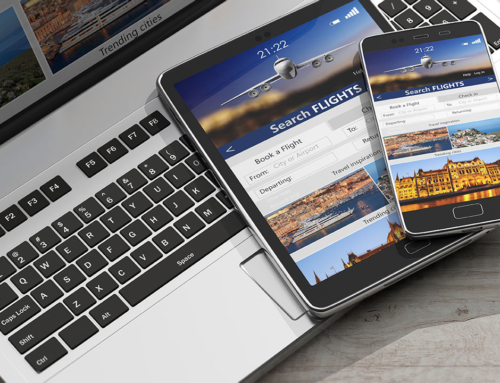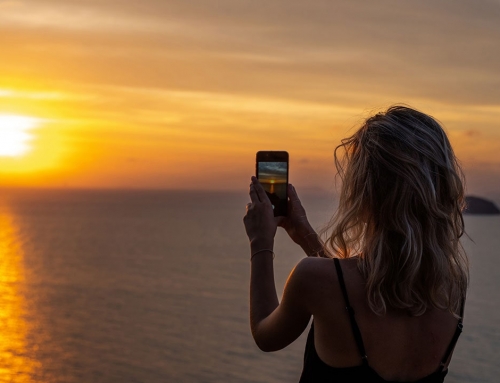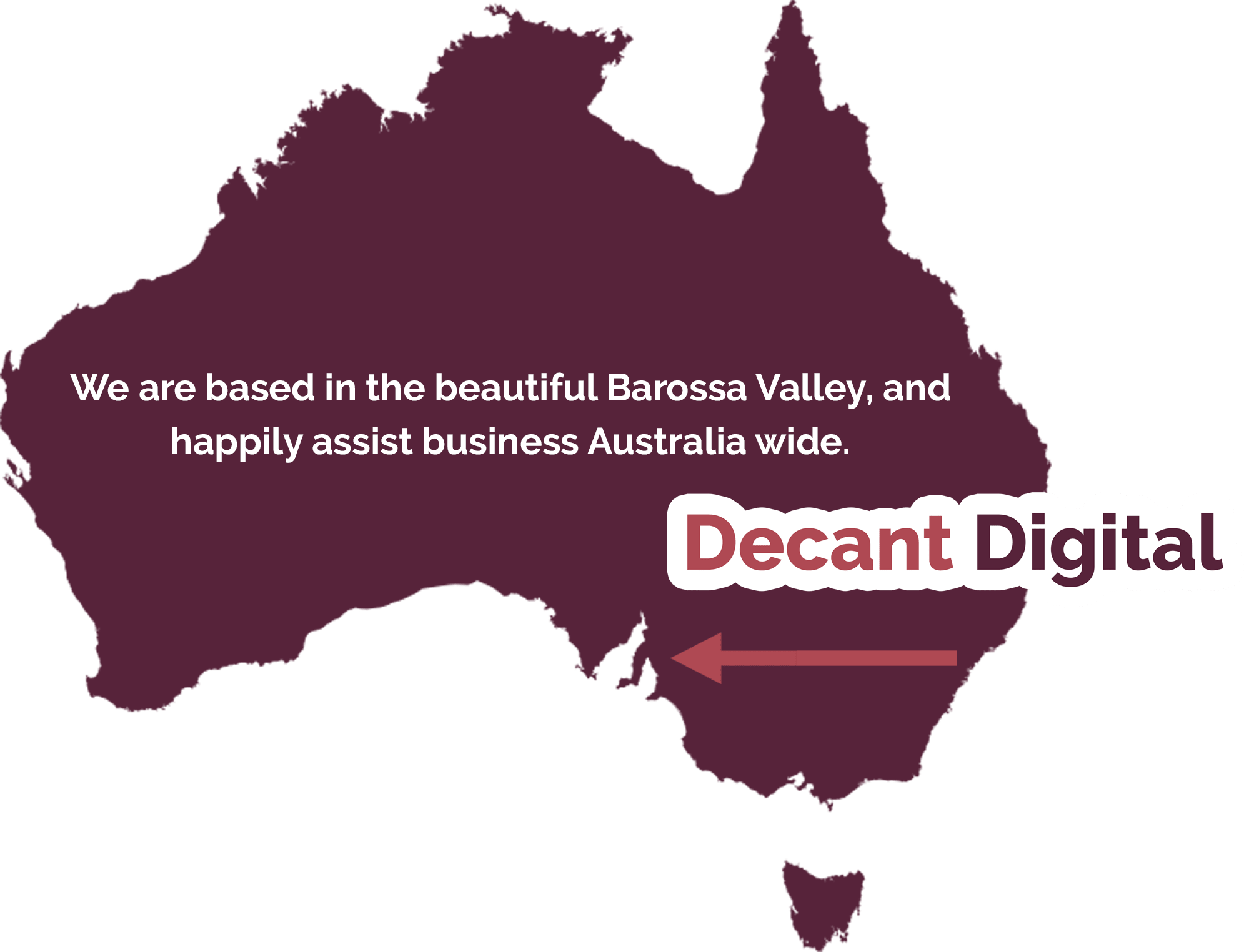So, you’ve blocked out time in your calendar and are all ready to write that sparkling content for your tourism website. What then …?
- Do you know where to start?
- How do you attract and engage your reader?
- Which SEO keywords and key subjects will you use?
- Have you got your on-page SEO checklist ready?
- What makes an irresistible headline?
- How will you communicate your benefits in an evocative and informative way?
- Most importantly – how will you inspire readers to book with you?
Sadly, just asking these simple questions may possibly make you feel a little overwhelmed.
Don’t worry.
There are a few essential factors that go into writing successful tourism website copy and we are happy to give you a few tips.
And in 5, 4, 3, 2, 1…go!
In the digital age, your online presence is your prospective customer’s very first port-of-call, and the majority will be on their smartphone. More than likely, it will also be just one of the many tabs, apps and platforms demanding their attention at that point in time!
When they visit your tourism website, you have around 5 seconds to hook their attention.
5 seconds. That’s not long!
So the content on your travel website has to:
- Create a striking first impression
- Lock in the interest of the reader
- Create a strong emotional connection
- And most importantly – drive more enquiries and more bookings
With all of this in mind, let’s get started with 3 essential elements that can help you to create captivating online content.
1. Make it easy to scan
Don’t take offense to this – but for all of the blood, sweat and tears you put into every well-constructed paragraph, your reader won’t even lock eyes on half of it!
Because ah – who has time to actually READ?!
Nowadays, your potential guests will SCAN.
This is why in this time poor society, you need clever formatting tricks.
Steer your reader with enticing subheadings
Use plenty of them! This draws your reader to each section and tells them what to expect. It also helps your readers get to the juicy parts quickly when they scan your page.
When you’re finished, stand back and read only the subheads.
- Would they attract your attention?
- Can you make sense of it just by reading the subheads?
Break it up
When you’re writing your tourism website copy, remember this little mantra:
“White space is your friend.”
Having plenty of white space draws your eye through the copy. The best part is, it’s super easy to create. All you need to do is…
Press Enter!
Lengthy paragraphs are hard to scan. Keep each paragraph to a maximum of 3-4 sentences. Continuous looonnngggg paragraphs just don’t work online because big blocks of text are hard to navigate and they can all end up blurring into one.
Create a compelling rhythm by changing it up with 1, 2 or 3 sentences at a time. And don’t shy away from one sentence paragraphs.
Why?
Easy.
They break things up!
Got a variety of points to make on a subject?
- Put them into a punchy list
- With your key point last
- It’s attractive
- They draw your eye
- Bulleted lists are easy to scan
- And, they make a welcome change from reading paragraphs!
Give it oomph!
To emphasise important points, you can use:
- Bold, italics or a different colour.
- A larger font.
- Capitals Where They Don’t Usually Go.
But for the sake of your reader – DO NOT WRITE A SENTENCE IN ALL CAPS. There’s no need to yell at them! Also, steer clear of red because red screams WARNING! Stick with your brand’s colours wherever you can.
Think of it in this way… if you bold every word, create a rainbow or end with 17,000 exclamation points, you will destroy the impact!!!!!!
2. Keep your on-page SEO checklist handy
As you know, SEO stands for ‘Search Engine Optimisation’, and is critical for online success and longevity.
Sure, there are techy parts to get help with, but there is also plenty you can do yourself to tick off the most important parts of “on-page SEO”. These are elements that your customer can see on your webpage.
The biggest thing to remember is, that you are first and foremost writing for your audience. And by making the readers that visit your website happy, you’ll also please the Google gods.
Plug in your Metadata
Metadata is simply a snapshot of data about other data. In the context of DIY webpage writing, you need to focus on these three pieces of information:
- 1. Page Title / Title Tag / Meta Title (heading)
- 2. URL (your web page)
- 3. Meta description

When you search on Google, your results are displayed in this order – so it’s often the first piece of copy your guest will read. Your ‘Meta Description’ is also displayed in any Facebook ‘shares’ of that webpage. So they are important!
While Meta Descriptions don’t affect your Google ranking, they are a reason for readers to click through. Or not. Keep your character count to 150-160 characters or less (including spaces), and keep it succinct and engaging.
Tick off your SEO Checklist
Start with your Key Subject
- Pick one Primary Keyword Phrase or Topic (use Google’s Keyword Planner to help)
- Write a list of Alternative Keyword Phrases or synonyms to scatter throughout your copy
Then include your Keyword in:
- Title Tag: the underlined clickable link in the search results
- H1 Tag (or heading)
- Image File name: use your synonyms here instead
- Image Alt tag: Google can’t read images, only words
- URL (if possible)
Other important things:
- Images: include 1 or 2 on each page
- Image file sizes: Optimise as much as you can
- URL: keep it 115 characters or shorter and meaningful
- Word count: 600 words or more is Google-friendly. Keep your larger word counts for the likes of your Product pages , Contact Us and Blogs.
3. Create a raft of great content
Great content doesn’t stop with your static webpages. To remain relevant in Google’s eyes, you need to keep offering useful, valuable and quality content that helps to solve your customer’s problems.
In addition to social media posts, newsletters, press releases and other online marketing, having a blog is an easy way to do just that.
The blog on your tourism website can feature articles that are inspiring stories, helpful stories or people stories.
Blogging is also a great investment. It has a longer lifespan than social media and when you create ‘evergreen’ content, it can be updated, refreshed and repurposed.
Here are our tips for writing blogs that connect:
- Write engaging content
- Keep it informative and helpful, rather than salesy
- Have a minimum of 300 words. The sweet spot is around 1,000 words
- Break it up with subheadings, images and videos
- Pick a keyword phrase or topic to rank for and sprinkle your synonyms throughout
- See where your competitors are ranking
- Put your customer hat on – they’re who you are writing for!
And this is just the start!
There are a raft of other elements to cover when putting on your copywriting hat for your tourism website. You also need to know:
- Who you are talking to – who is your ideal customer?
- Are you actually talking to them? (Pro tip: have you used ‘you’ and ‘your’ vs ‘they’ & ‘their’?)
- What are their motives?
- Are you telling them how you solve their problem?
- Is your wording evocative?
- Have you included a call-to-action on each page?
Do you need help with your copy?
If after all this, you’ve realised that you’d rather spend your time on what you do best – we’d love to help you!
The Decant Digital team can offer you the services of two Australian based, high calibre copywriters and marketing professional with 20 years of experience.
Our wordsmiths can craft rich, tactical and targeted content for you, so you can execute your content marketing strategy with ease and success.
Learn more here >> Copywriting Services







Leave A Comment